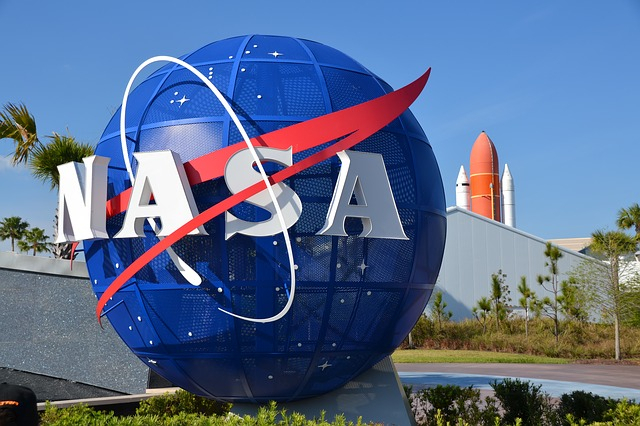The launch of the James Webb Space Telescope, NASA's next ambitious space observatory, has been pushed back from March 2021 to October 2021. The delays have been brought upon technical challenges as well by the impacts of the ongoing COVID-19 pandemic, said NASA on Thursday.
Thomas Zurbuchen, Associate Administrator for NASA's Science Mission Directorate, said in a statement, "Webb is the world's most complex space observatory, and our top science priority, and we've worked hard to keep progress moving during the pandemic." He added, "The team continues to be focused on reaching milestones and arriving at the technical solutions that will see us through to this new launch date next year."
NASA to Use Existing Program Funding

The factors contributing to the decision to move the launch date include the impacts of augmented safety precautions, reduced on-site personnel, disruption to shift work, and other technical challenges, NASA said. Webb will use existing program funding to stay within its $8.8 billion development cost cap, it added.
"Based on current projections, the program expects to complete the remaining work within the new schedule without requiring additional funds," said Gregory Robinson, NASA Webb Program Director at the agency's headquarters. The project team will continue to complete a final set of extremely difficult environmental tests of the full observatory before it will be shipped to the launch site in Kourou, French Guiana, situated on the northeastern coast of South America.
Ambitious Space Science Observatory
Webb is NASA's next great space science observatory, which will help in solving the mysteries of our solar system, looking beyond to distant worlds around other stars, and probing the mystifying structures and origins of our universe. It comes equipped with a 6.5-meter primary mirror.
The large size of the mirror, which is by far the biggest NASA has ever built, created a huge challenge as the agency needed to fit it in a five-meter wide launch vehicle. So NASA designed the telescope in a way that it can fold "origami-style". Once in orbit, Webb will unfold its delicate five-layered sunshield until it reaches the size of a tennis court. Webb will then deploy its iconic 6.5-meter primary mirror that will detect the faint light of far-away stars and galaxies, NASA said.
(With inputs from agencies)









